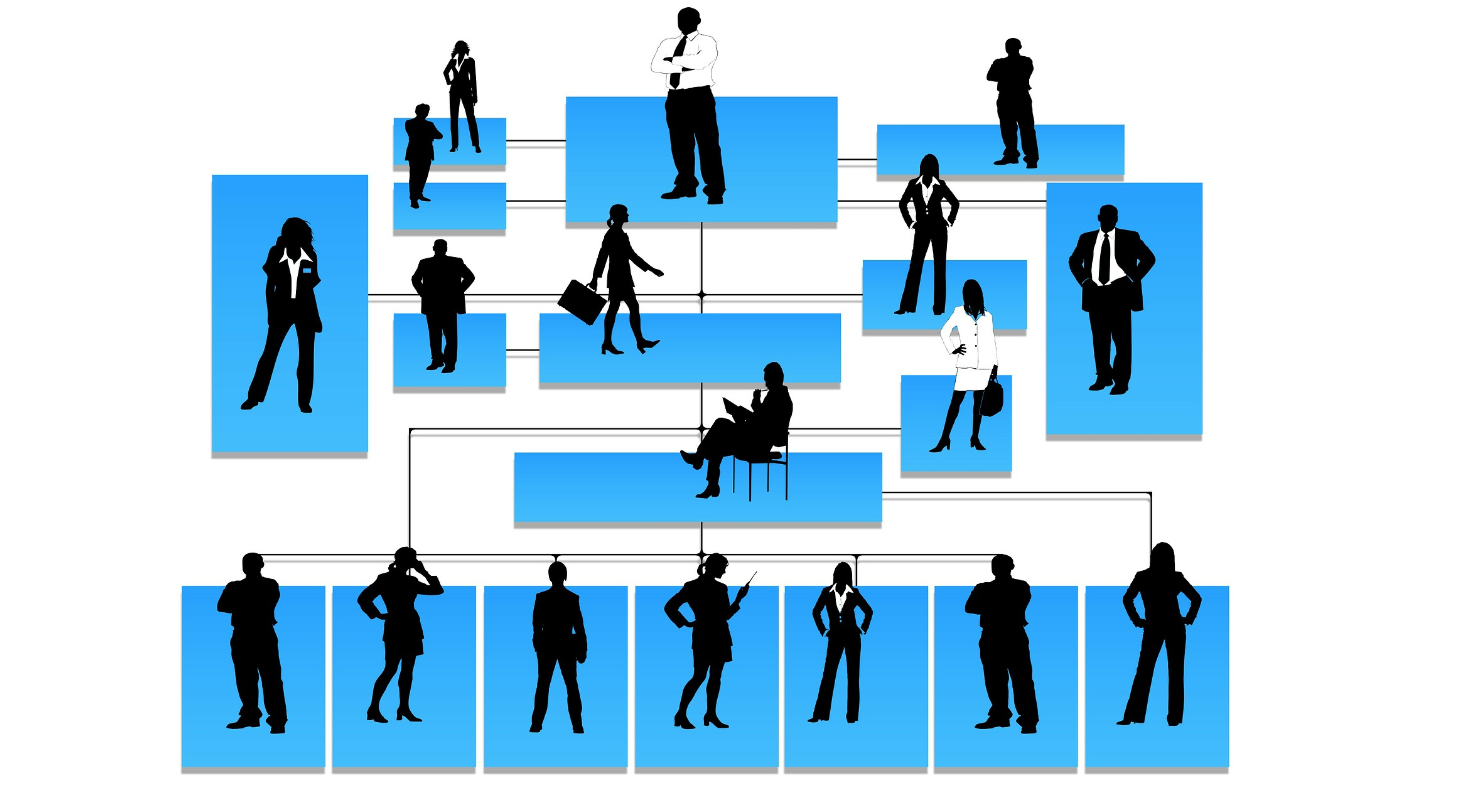Unit 2
- Misc
- Old course (N23)
- Unit 2

Human resource management (HRM) is about the personnel of an organization. This topic covers a range of content regarding the people of an organization, such as recruitment, training, motivation and management or leadership.
Human resources (employees, managers, executives and entrepreneurs) are vital to the success of an organization, yet human resource management is one of the most difficult and challenging roles for any manager or leader.
The topics in this section of the IB Business Management syllabus can be looked at through the six CUEGIS concepts of change, culture, ethics, globalization, innovation and strategy.
InThinking resources for Unit 2: Human resource management (HRM)
The IB recommended teaching hours for this Unit 2 of the IB Business Management syllabus are as follows:
- SL = 15 hours
- HL = 30 hours
The IB Business Management syllabus content for Unit 2 is outlined below. There are six topics in Unit 2: Human resource management.

- Human resource planning (workforce planning) (AO1)
- Labour turnover (AO2)
- Internal and external factors that influence human resource planning (such as demographic change, change in labour mobility, new communication technologies) (AO3)
- Common steps in the process of recruitment (AO2)
- The following types of training: on the job (including induction and mentoring), off the job, cognitive, and behavioural (AO2)
- The following types of appraisal: formative, summative, 360-degree feedback, and self-appraisal (AO2)
- Common steps in the processes of dismissal and redundancy (AO1)
- How work patterns, practices and preferences change and how they affect the employer and employees (such as teleworking, flexitime, migration for work) (AO2)
- Outsourcing, offshoring and reshoring as human resource strategies (AO3)
- How innovation, ethical considerations and cultural differences may influence human resource practices and strategies in an organization (AO3)

- The following terminology to facilitate understanding of different types of organizational structures: delegation, span of control, levels of hierarchy, chain of command, bureaucracy, centralization, decentralization, and de-layering (AO1)
- The following types of organization charts: flat/horizontal, tall/vertical, hierarchical, by product, by function, and by region (AO2 & AO4)
- Changes in organizational structures, such as project-based organization, Handy’s “Shamrock Organization” (AO2)
- How cultural differences and innovation in communication technologies may impact on communication in an organization (AO3)
.jpg)
- The key functions of management (AO2)
- Management versus leadership (AO2)
- The following leadership styles: autocratic, paternalistic, democratic, laissez-faire, and situational (AO3)
- How ethical considerations and cultural differences may influence leadership and management styles in an organization (AO3)
.jpg)
- The following motivation theories: Taylor, Maslow, Herzberg (motivation–hygiene theory), Adams (equity theory), and Pink(AO3)
- The following types of financial rewards: salary, wages (time and piece rates), commission, profit-related pay, performance-related pay (PRP), employee share ownership schemes, and fringe payments (perks) (AO2)
- The following types of non-financial rewards: job enrichment, job rotation, job enlargement, empowerment, purpose/the opportunity to make a difference, and teamwork (AO2)
- How financial and non-financial rewards may affect job satisfaction, motivation and productivity in different cultures (AO2)
.jpg)
- Organizational culture (AO1)
- Elements of organizational culture (AO2)
- Types of organizational culture (AO2)
- The reasons for, and consequences of, cultural clashes within organizations when they grow, merge and when leadership styles change (AO3)
- How individuals influence organizational culture and how organizational culture influences individuals (AO3)

- The role and responsibility of employee and employer representatives (AO2)
- The following industrial/employee relations methods used by employees: collective bargaining, slowdowns / goslows, work-to-rule, overtime bans, and strike action (AO3)
- The following industrial/employee relations methods used by employers: collective bargaining, threats of redundancies, changes of contract, closure, and lock-outs (AO3)
- Sources of conflict in the workplace (AO2)
- The following approaches to conflict resolution: conciliation and arbitration, employee participation and industrial democracy, no-strike agreement, and single-union agreement (AO3)
- Reasons for resistance to change in the workplace, such as self-interest, low tolerance, misinformation and interpretation of circumstances (AO2)
- Human resource strategies for reducing the impact of change and resistance to change, such as getting agreement/ownership, planning and timing the change and communicating the change (AO3)
- How innovation, ethical considerations and cultural differences may influence employer / employee relations in an organization (AO3)


